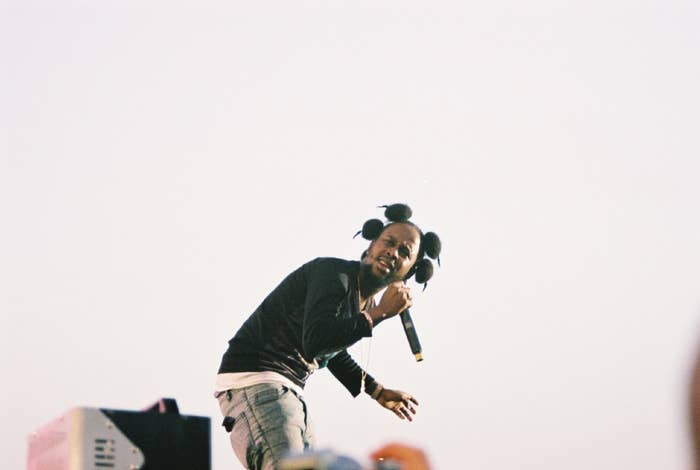
Over the last year, Caribbean music has made a return to mainstream U.S. radio in a way that hasn’t been seen since the mid-2000s. Though loyal fans of dancehall, reggae, and soca will assure you that these genres never lost their touch or faded away, it’s hard to deny the huge impact the culture has had on recent hits. While big pop and hip-hop artists like Drake, Justin Bieber, Tory Lanez, Major Lazer, and many more continue to draw inspiration from (or try to completely repackage) Caribbean culture, debates have sparked left and right questioning whether or not these trends are signs of a new appreciation or appropriation.
For this year’s Reggae Sumfest, artists got together to reclaim their music and their culture. Reggae Sumfest is Jamaica’s biggest music festival, and it takes place every July in Montego Bay. The festival started in 1993, and 23 years later it continues to be a crucial part of reggae and dancehall culture—as well as Jamaican culture as a whole.
For the past several years, Reggae Sumfest has come to embrace more musicians and genres outside of reggae. On its International Nights, the festival would invite megastars from across the globe. Past international acts have included Future, Common, Usher, T.I., Miguel, Chris Brown, Wiz Khalifa—to name just a few. Though decent sized crowds came out to see these blends of local and foreign acts grace the stage, the organizers of this year’s Sumfest made a bold choice to go back to the essence of what Reggae Sumfest is all about.
For the first time in years, Sumfest had only local Jamaican artists. After the brand was recently acquired by Joe Bogdanovich—entrepreneur and the CEO of Downsound Records—he announced that the festival would be getting rid of the International Nights this year, and replacing them with Dancehall Night on Friday and Reggae Night on Saturday.
This announcement was met with mixed reactions, but the organizers of the festival explained that it can cost up to $2 million USD (or roughly $252 million JD) to book some of the international acts. The new changes would not only help the festival save money, but keep the money circulating within Jamaica. Aside from costs, the other concern seemed to be the fear of Reggae Sumfest completely losing its essence. As a solution, Bogdanovich and the rest of the Sumfest organizers booked only Jamaican artists for this year’s lineup—both newcomers and legends.
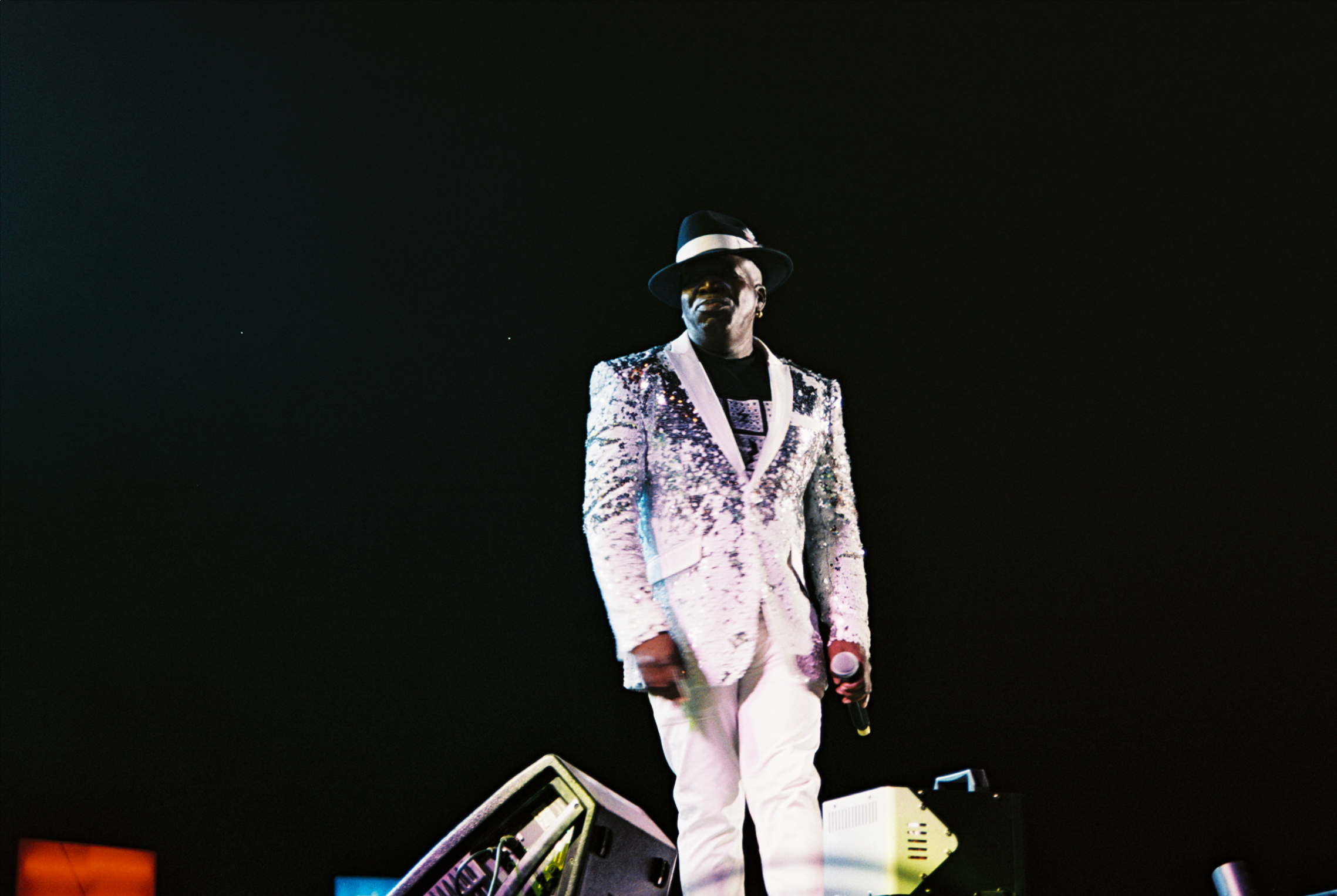
Along with making changes to the setup of the festival, Bogdanovich also made some major additions to help expand Reggae Sumfest’s global reach. For the first time in the festival’s history, Reggae Sumfest was broadcast live around the world on a 360º virtual reality live stream. The stream was accessible via Sumfest’s official website, as well as on a new smartphone app. Both the app and the website allowed viewers at home to feel as if they were really apart of the live audience, giving them the option to turn the camera any way they pleased.
With the options of “Stage,” “Front Row,” “Party Cam,” and “Backstage” viewers at home were able to quickly maneuver around the entire experience from the comfort of their own home. In a press conference on the Saturday afternoon before Reggae Night, Bogdanovich detailed exactly how the 360º live stream would bring Reggae Sumfest to the world. “We’re now competing with the major festival streams like Coachella and Live Nation,” he explained, noting that this is not just a big accomplishment on its own, but something that is nearly unheard of outside of “First World” countries.
Bogdanovich is right. When it comes to conversations about the most notable music festivals, Reggae Sumfest may not be mentioned in the conversation at all. But with these new steps forward, it is now more eligible to compete with the big players. And with the whole world’s eyes on the festival through the help of technology, what better time than now to give a proper introduction to exactly what authentic Jamaican culture and music really is.
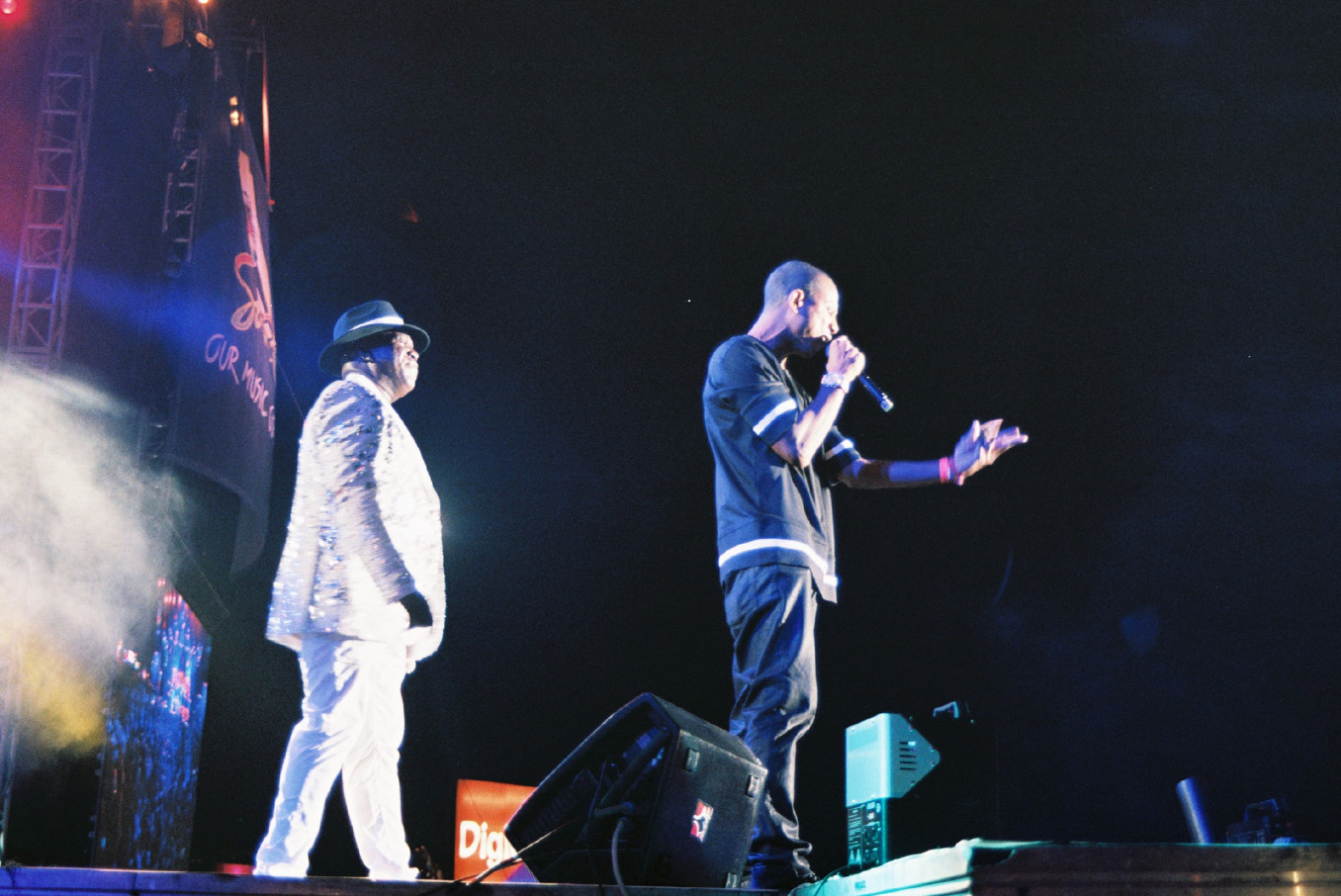
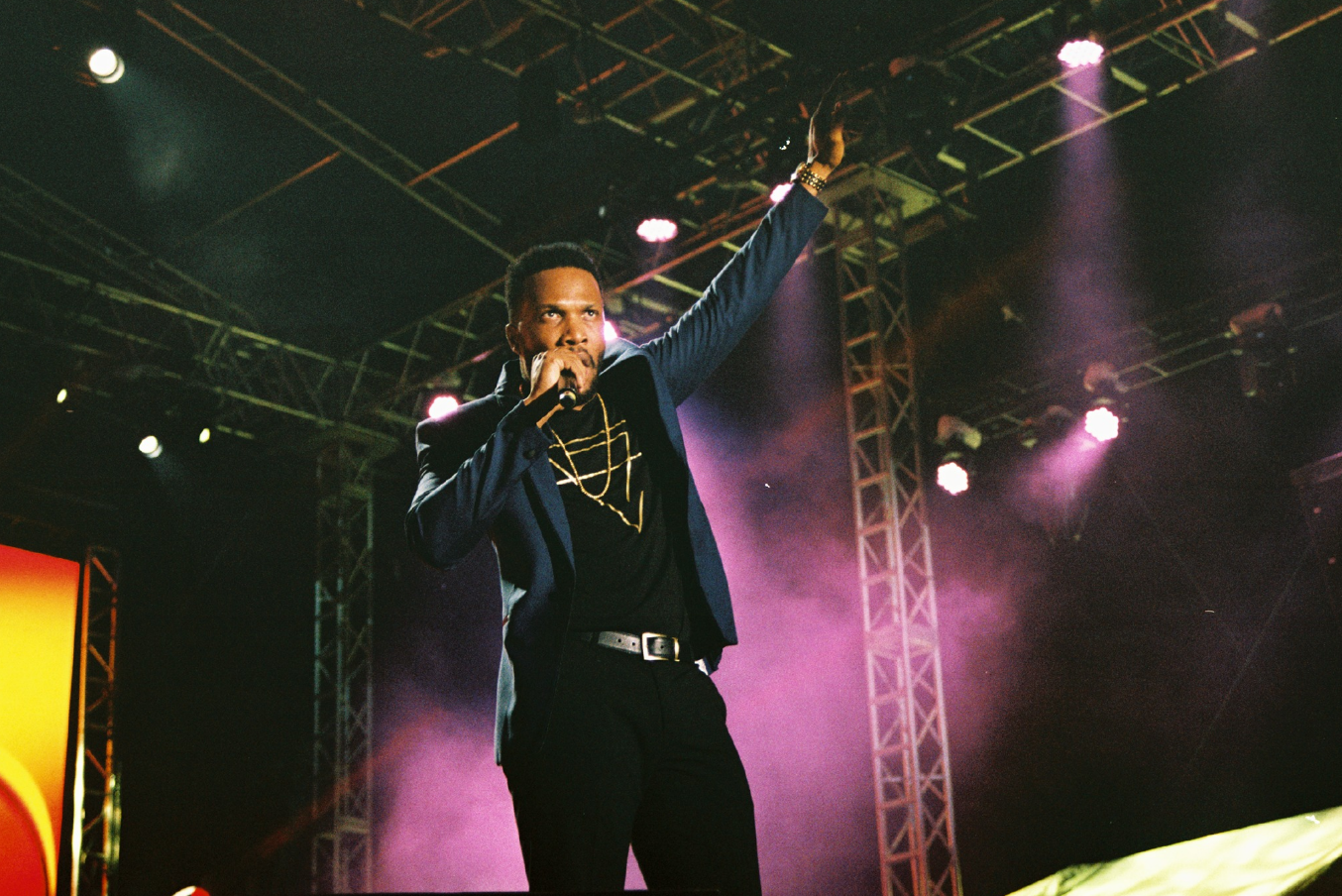
This year’s theme “Our Music, Our Festival” spoke volumes about the new mission. With the new marketing and branding team on board, ready to launch the 360º virtual reality live stream, the organizers were certain that they wouldn’t need the help of any international artists to bring Reggae Sumfest to the world. And judging by the turn out of the crowd, they may have been right all along.
During his set on Friday night, legendary dancehall artist Bounty Killer spoke to the crowd about the new changes. “As me say, we nuh have no International Night. But we got international voice,” he reminded the crowd. The International Nights may have been kicked to the curb, but with the 360º virtual reality live stream broadcasting in hundreds of countries around the world, how much more international could they get?
On the surface, it seems the recent mainstream music industry didn’t begin to pay attention to dancehall again until Jamaican artists like Popcaan and Agent Sasco aka Assassin got recruited by the likes of Drake, Pusha T, Kendrick Lamar, and Kanye West. However, much to Bounty Killer’s own point, these artists have a voice that can and should be heard internationally on its own. Now that the spotlight is back on Jamaica, there’s no need to continue to lean to outsiders for assistance.
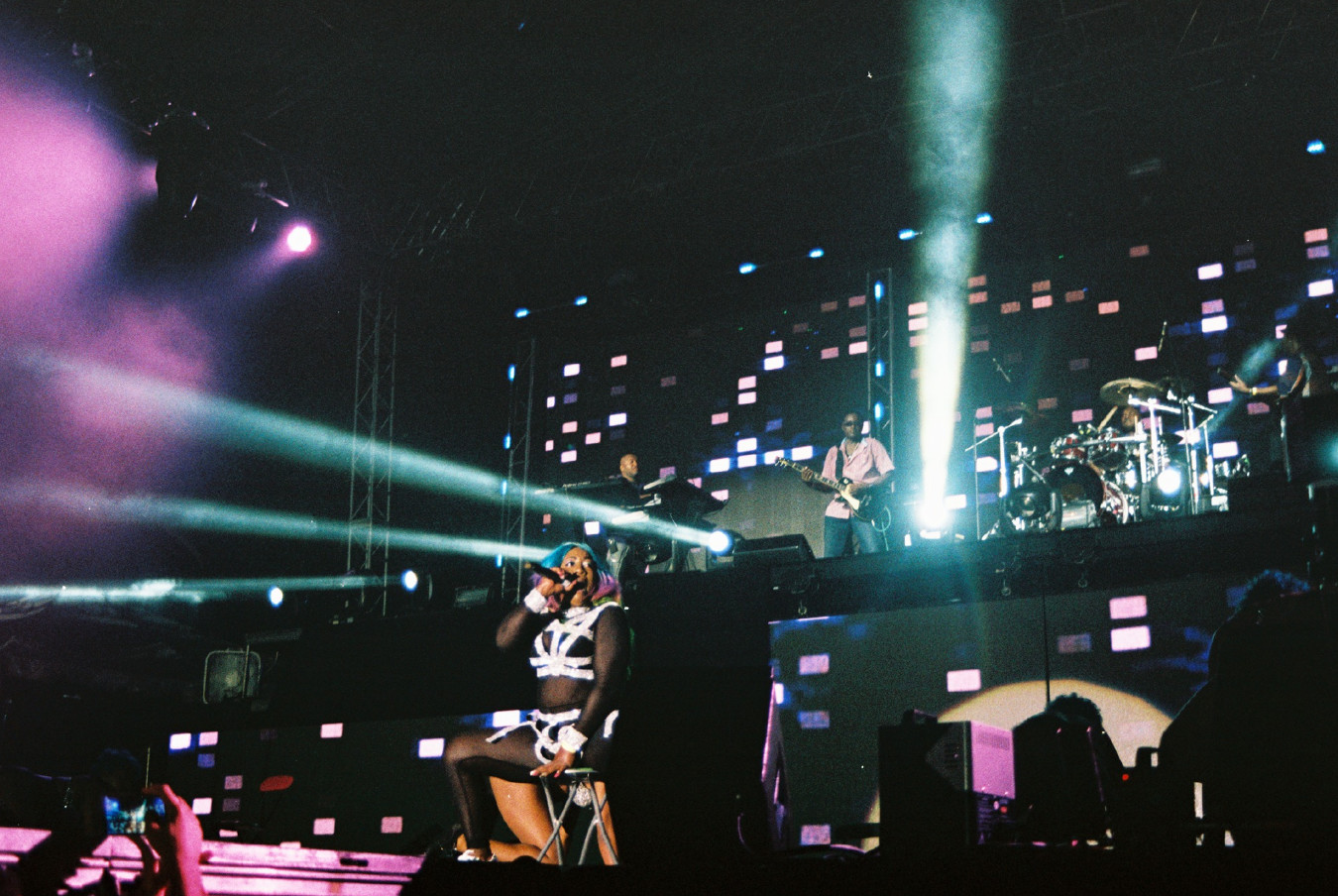
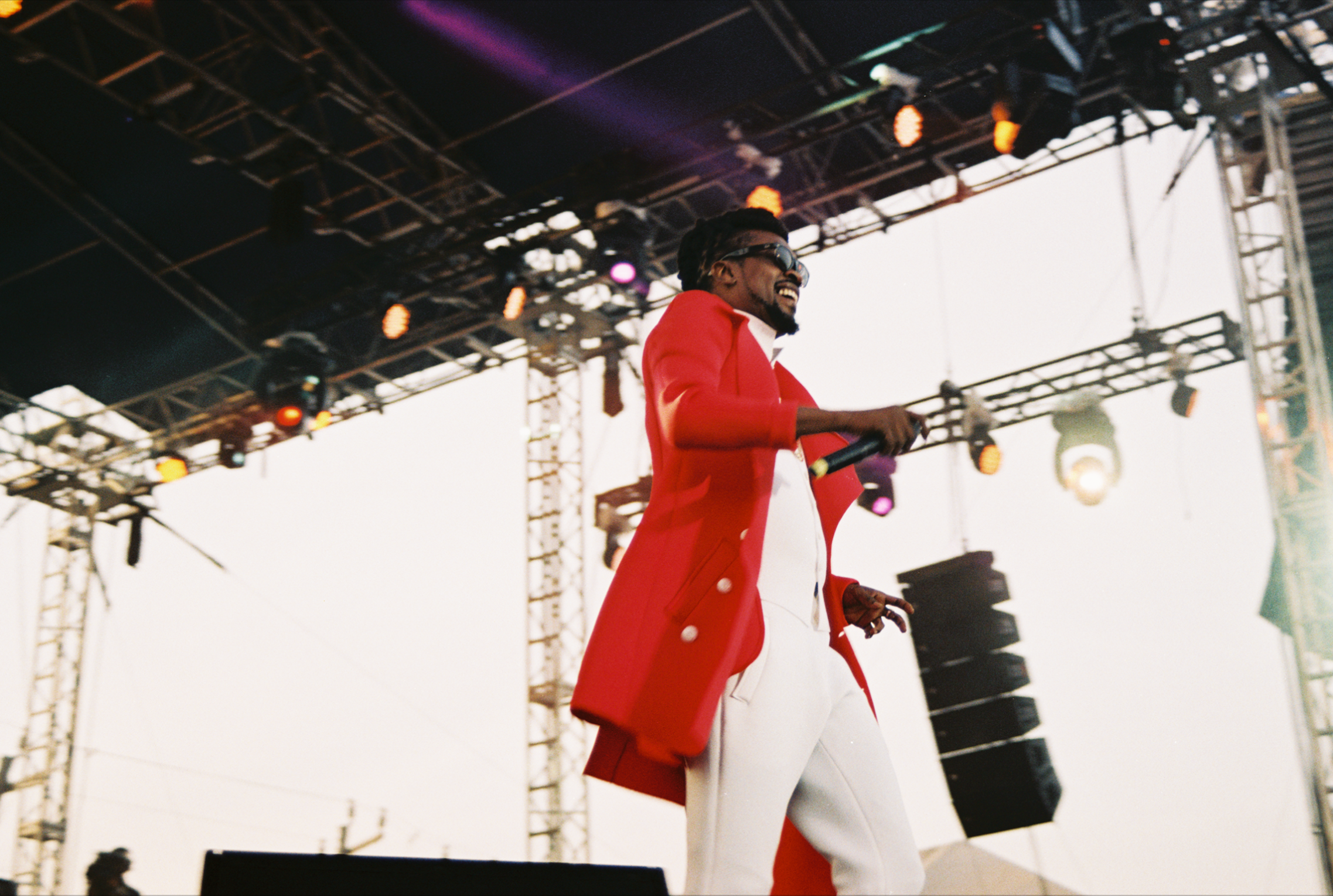
There’s really no music festival that comes close to Reggae Sumfest. While most run from noon to midnight, Sumfest doesn’t open its gates until 7 p.m. However, the real festivities don’t truly begin until about 11 p.m. With 26 acts on Friday night’s Dancehall Night lineup, the crowds didn’t disperse until well after six in the morning—Bogdanovich explained that the locals feel safer going home in bright daylight—something unheard of for most American music festivals.
There are not too many places where you would also see artists actually in the crowd looking up at other performers with wide eyes, like any other ordinary fan. But this was exactly the case as Saturday’s Reggae Night soon turned into an early Sunday morning. As the sun continued to rise at 7 a.m. and the audience fought through their fatigue, Popcaan and Beenie Man could be seen with wide smiles on their faces as reggae singer Tarrus Riley brought energy back to the festival. Twenty minutes into the set, the two could be seen devising a plan before running out of the crowd to join Riley and another local artist Zagga on stage.
In this moment, the slogan “Our Music, Our Festival” was coming to life before the crowd’s eyes. Though Beenie Man and Popcaan each had their own sets the previous day, there was an unmatched joy shared on stage as all of the performers came together to simply bring music and good spirits to the crowd. Even as a first time attendee, it was easy to feel right at home and welcomed with open arms. In a way, perhaps on purpose or merely by coincidence, this year’s Reggae Sumfest wound up not only reflecting the theme of the festival, but the motto of the country: “Out of many, one people.”
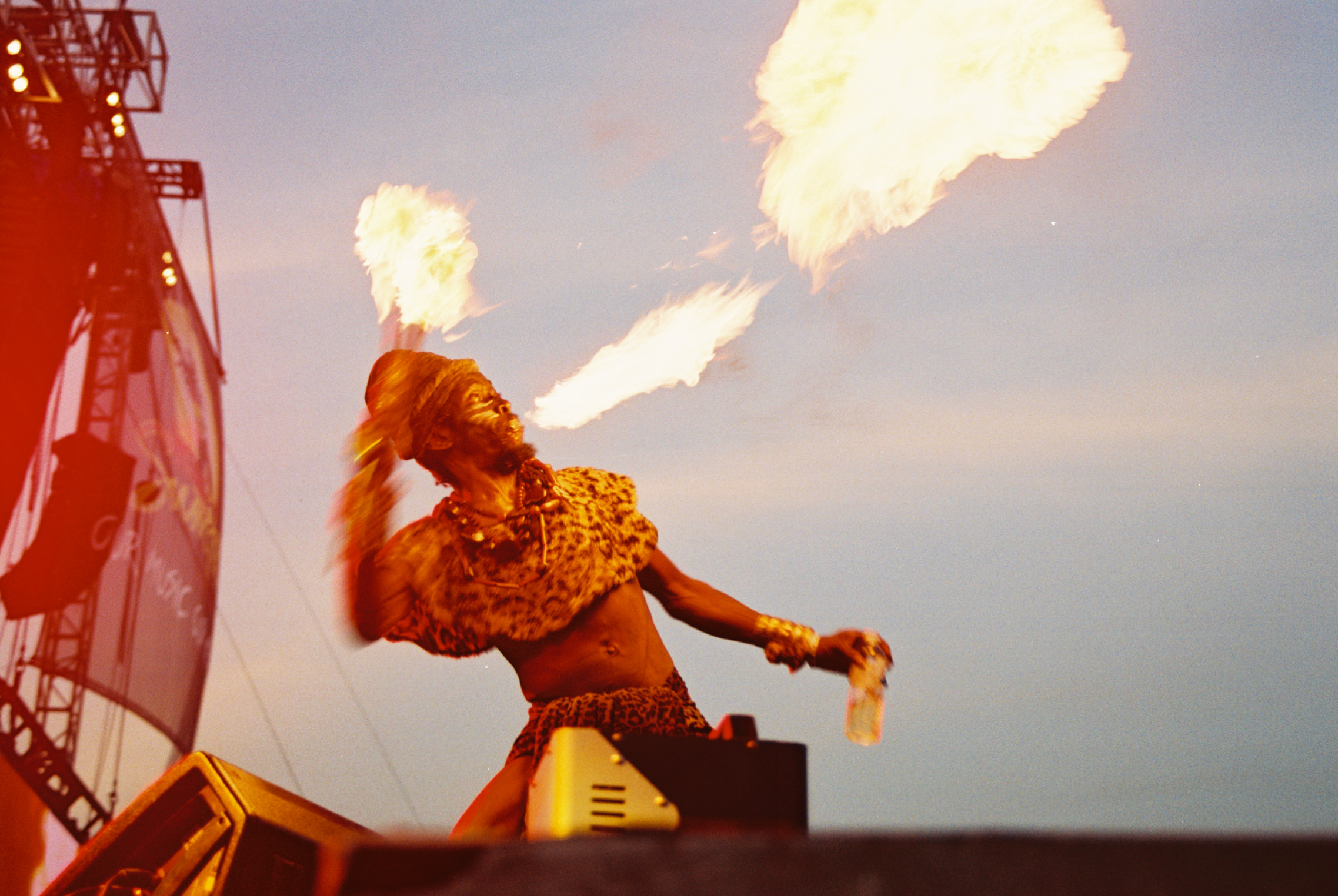

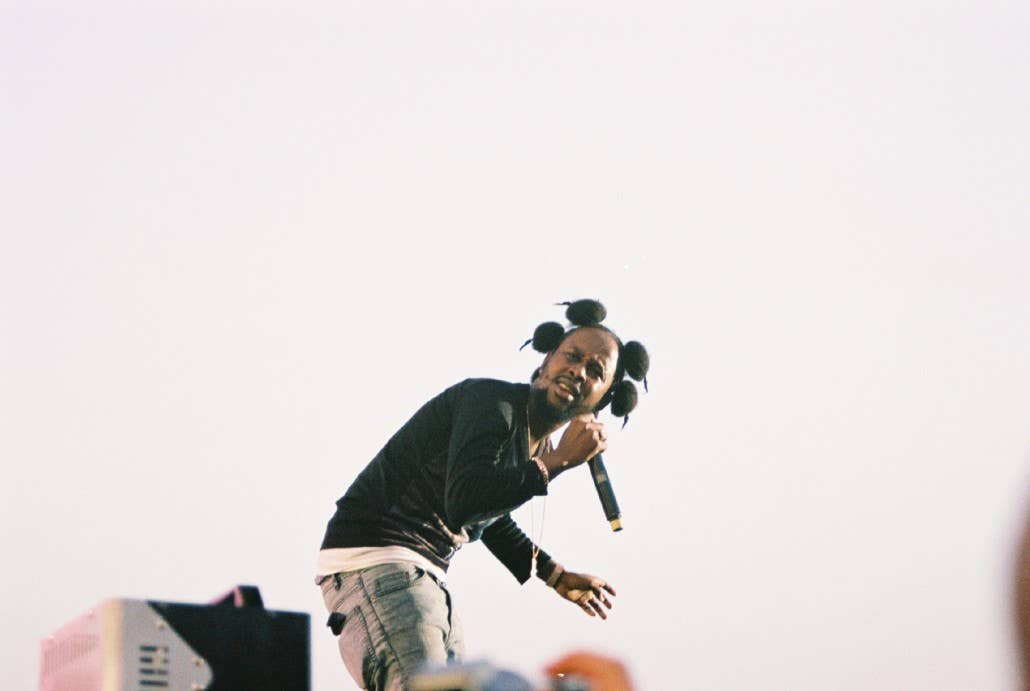
 Credit:
Credit: